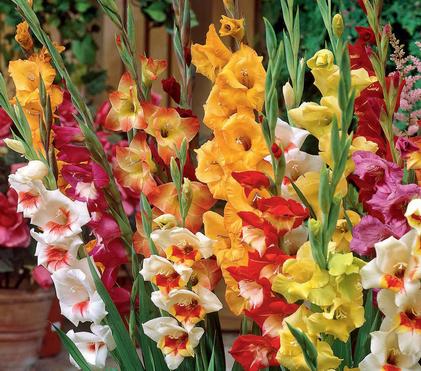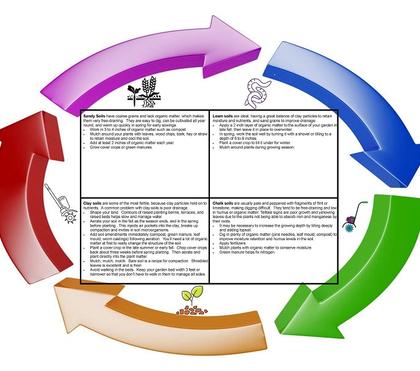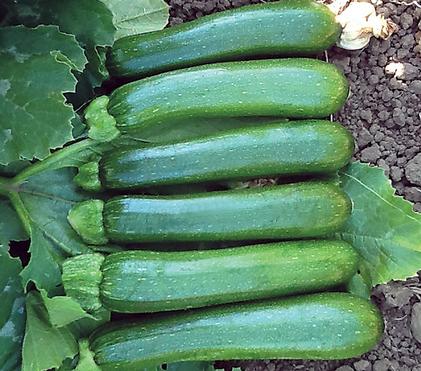
Garage Syndrome is Very Real
Many of us have been there. Had a week of warm weather at the beginning of May, and couldn’t resist “just looking” at the greenhouse, and returned home with some plants tucked under your arm. Now what? You put them in the garage until it was warm enough to plant. When you planted them in the soil, you noticed they didn’t look the same as they did in the greenhouse, but they still seemed all right. Then you waited for them to bloom. Three weeks to a month later and finally a flower appeared. Then your plants started to return to normal and bloom like they were supposed to. What happened?


